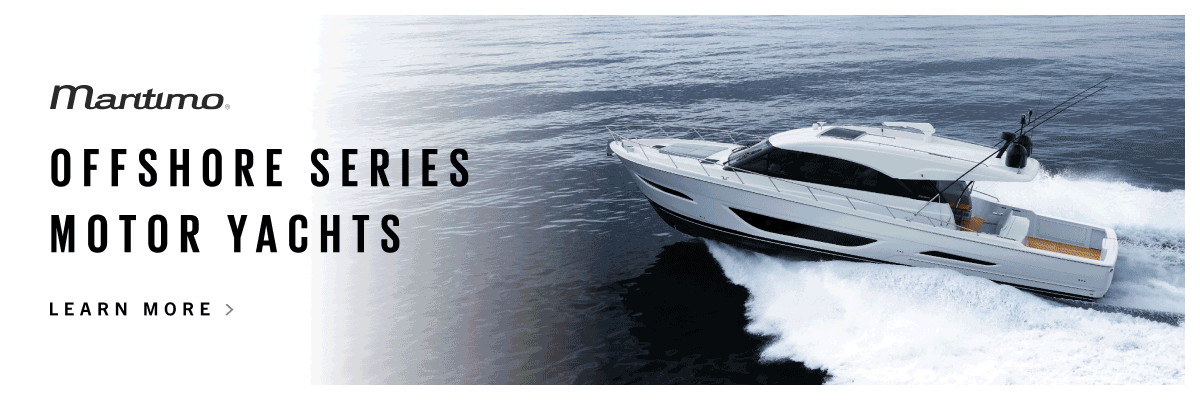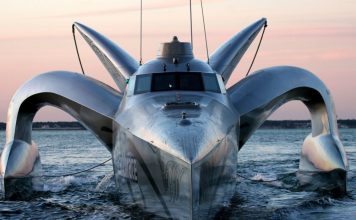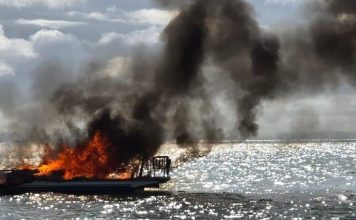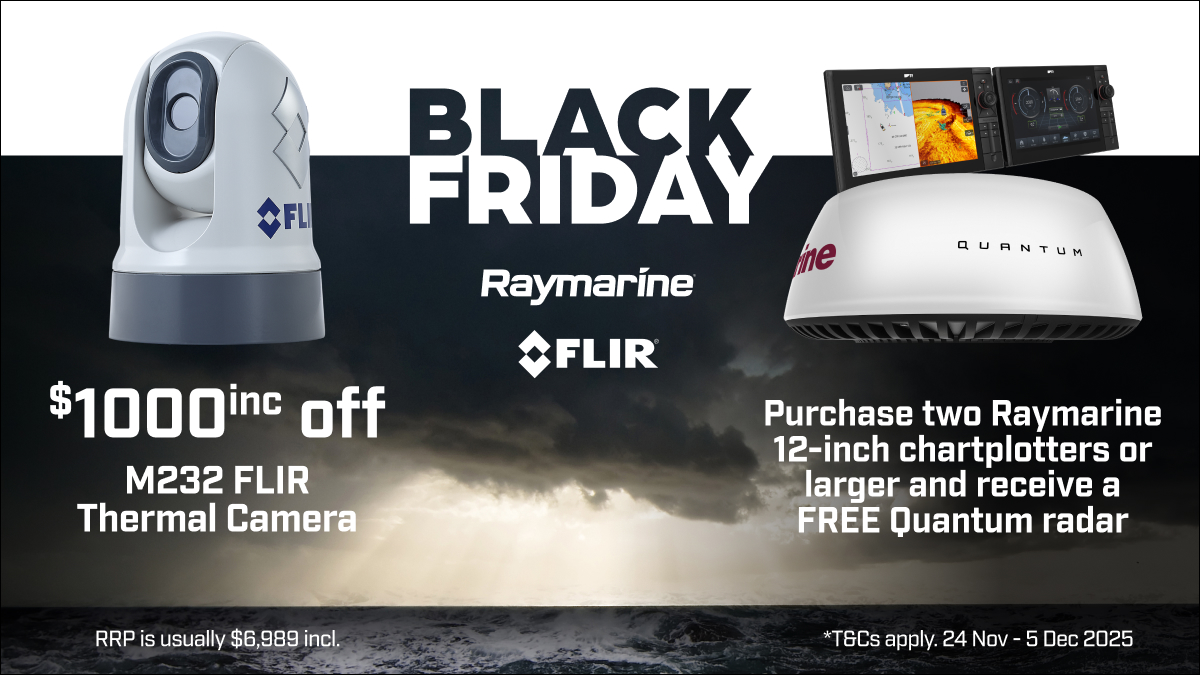If you have spent any time on the water, you would have come across a wide range of different coloured (and sometimes quite ornate) little triangular pennants. Known as ‘burgees’ (pronounced ‘bur’ + ‘jee’) they are usually designed to display membership to a particular sailing or cruising club. How did these peculiar little flags become part of our established marine world?
Shipping lines
The history of burgees began in the 19th century when ship-owners custom-designed their own unique flag that would normally fly from the top of the ship’s tallest mast. These were exclusive to each ship, allowing them to be recalled to land by
a corresponding flag signal ashore. Over time these flags became associated with specific shipping lines, allowing them to be more easily recognised from a distance.
The first club burgees
The first club burgees date back to 1875 when privately-owned boats of the North German Regatta Club flew a club flag, not so much for loyalty, but to draw a customs exemption from officials at the Port of Hamburg. This idea caught on and other clubs designed their own unique burgee flags to represent their organisation and distinguish their members on the water. Over time the burgee became a source of genuine pride for yacht club members and symbolised both friendship and a genuine passion for sailing.
In these early days, burgees were usually made of wool and hand-sewn. Their designs were often very basic and reflected the club’s identity through their colours and symbols.
Current usage
Today burgees are now widely used by yacht clubs, senior club officers, sailing organisations, and boaties all around the globe. As well as this, major sailing events (such as the America’s Cup) have their own unique burgees with these pennants representing the event and flown by vessels to symbolise their involvement. Burgees from historical yacht clubs or significant sailing events are highly prized and have become serious collector’s items among sailing and marine enthusiasts.
Coming in hundreds of different types and styles, burgees are a highly colourful, symbolic and eye-catching way to highlight club membership. While most are a triangular shape, some have a swallow tail or are a standard rectangle. The Bora Bora Yacht Club’s burgee is a good example of a rectangular pennant.


Flag officers
Depending on the club, officers may fly various burgees appropriate to their rank. For example the Commodore of the Royal New Zealand Yacht Squadron may display a swallow-tailed version of the club burgee, with the Vice and Rear Commodores flying the same, while also including a white (Vice) or red (Rear) ball at the bottom left of the flag. While similar in design to the Commodore’s flag, the Past-Commodore’s flag is rectangular and has a white Maltese Cross in the lower left.
Personal burgees
While personal burgees are not very common in New Zealand they have been designed and flown for over one hundred years. Similar to rank burgees, personal burgees are distinct to the owner and are usually swallow-tailed.
Flying the flag
Usually sailing vessels fly the burgee either from the main masthead or from a halyard under the lowermost starboard spreader, with powerboats flying their burgee off a short staff at the bow. However it is important to understand that many clubs have some serious etiquette in regards to presenting their colours, so always determine the proper way to fly the flag prior to hoisting and heading out.





















